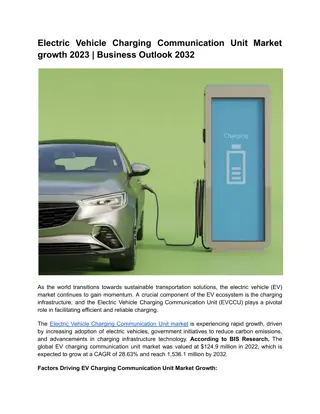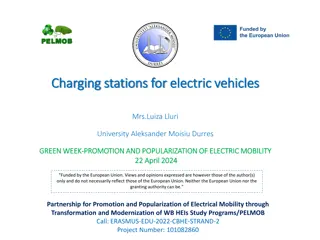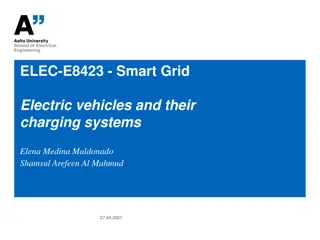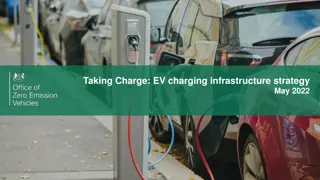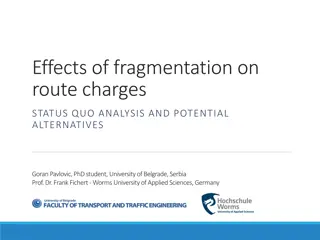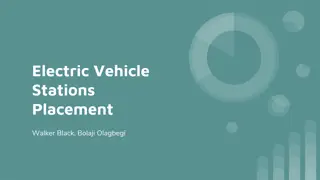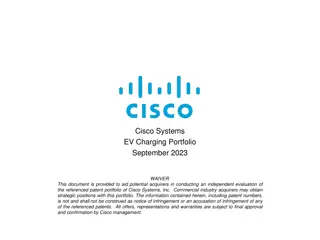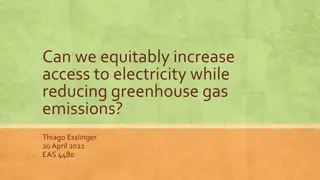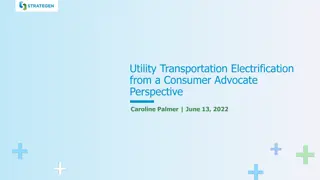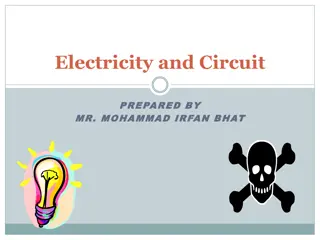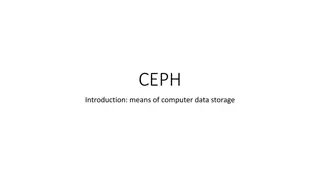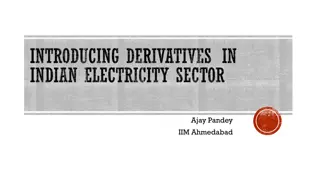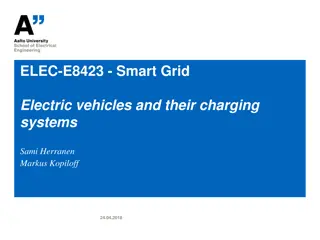Impact of Storage Efficiency and Charging Costs on Electricity Market Profitability
Analysis of the impact of storage efficiency and charging costs on profitability in the electricity market, focusing on levelized cost of electricity and storage, additional metrics, and storage parameters.
Download Presentation

Please find below an Image/Link to download the presentation.
The content on the website is provided AS IS for your information and personal use only. It may not be sold, licensed, or shared on other websites without obtaining consent from the author.If you encounter any issues during the download, it is possible that the publisher has removed the file from their server.
You are allowed to download the files provided on this website for personal or commercial use, subject to the condition that they are used lawfully. All files are the property of their respective owners.
The content on the website is provided AS IS for your information and personal use only. It may not be sold, licensed, or shared on other websites without obtaining consent from the author.
E N D
Presentation Transcript
Impact of storage efficiency and charging costs on storage profitability in the electricity market 15th IAEE European Conference 2017 Vienna 6th September 2017 Andreas Belderbos Erik Delarue Kris Kessels William D haeseleer
Levelized Cost of Electricity - LCOE Overnight Capital Cost Operating & maintenance Decommissioning LCOE = ????+ ???+ Fuel?+ CO2,?+ D? 1 + ? ? ?? ?1 + ? ? The LCOE is defined as the fictitious average electricity price during its operation hours and needed over the lifetime of the plant to break even the full costs for the investor (including the desired rate of return which is included in the discount rate r). D /MWh Average electricity price during generation CO2 Fuel OM OCC 3
Levelized Cost of Storage - LCOS Total Charging Cost LCOS = ????+ ???+ TCC?+ Carbon?+ D? 1 + ? ? ?? ? ?1 + ? ? The LCOS is defined as the fictitious average electricity price during its discharging hours and needed over the lifetime of the plant to break even the full costs for the investor (including the desired rate of return which is included in the discount rate r). Average Charging cost per MWhd = Average Charging cost per MWhc= /MWhc Charging cost of useful electricity /MWh Average electricity price during discharging Efficiency losses Fixed OM OCC 4
Additional metrics Since primary energy is same commodity as secondary energy Required Average Discharge Price RADP Required Average Price Spread RAPS Required Average Operational Profit RAOP ( = LCOS) Average charging cost per MWhc Average charging cost per MWhc /MWh Average charging cost per MWhd Average electricity price during discharging Efficiency losses Efficiency losses Fixed OM Fixed OM Fixed OM OCC OCC OCC RADP RAPS RAOP 5
Storage parameters used for illustration Installed power capacity (P) 1 MW Equivalent Annual Fixed cost (OCC + FOM) 30,000 Round-trip efficiency ( RT) Number of discharging hours (NDH) 80 % 1000 h 20 /MWhc Averaged charging cost (ACC) 7
Varying the average charging price RADP RAPS RAOP 8
Varying the round-trip efficiency RADP RAPS RAOP 9
Using the different cost metrics Levelized cost metrics work well when unit is fully dispatchable -> storage is dispatchable unless the energy capacity is limited Occurring price profile <-> available price profile 10
Caution with the charging cost If assumed charging cost differs from actual available charging cost, intersection is not necessarily the break-even point Required prices Available price Required Average Operational Profit -> Most transparent metric 12
Analyzing the Required Average Operational Profit for different price profiles RAOP AAOP for multiple years 13
Wrap-up 1. LCOE Required Average Discharge Price (RADP) Required Average Price Spread (RAPS) Required Average Operational Profit (RAOP) 2. For charging cost = 0 /MWh: RADP = RAPS = RAOP: neglecting efficiency 3. Caution when using metrics for storage with limited energy capacity 4. RAOP is most transparent metric and preferred 14
Reference & Contact Paper available: A. Belderbos, E. Delarue, K. Kessels, W. D'haeseleer, Levelized cost of storage Introducing novel metrics, Energy Economics, Available online 1 September 2017 Contact: andreas.belderbos@kuleuven.be KU Leuven TME Energy & Environment 15
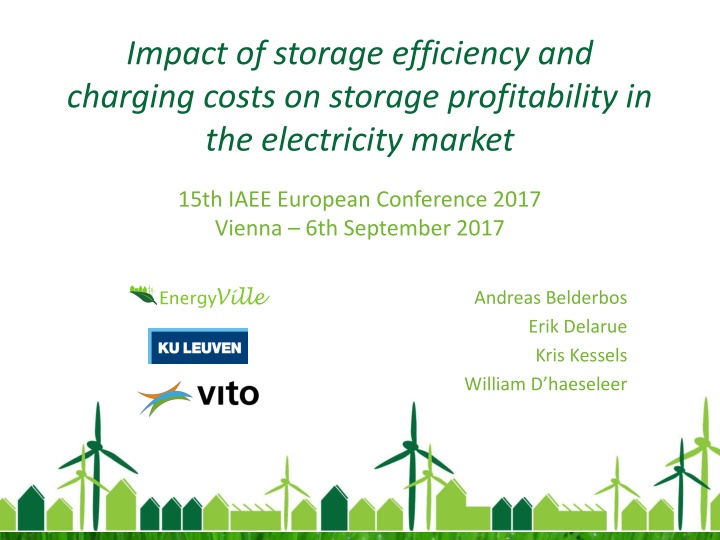



![Long-Range Wireless Charging Market Report & Analysis _ BIS Research [2024-2035]](/thumb/87166/long-range-wireless-charging-market-report-analysis-bis-research-2024-2035.jpg)
